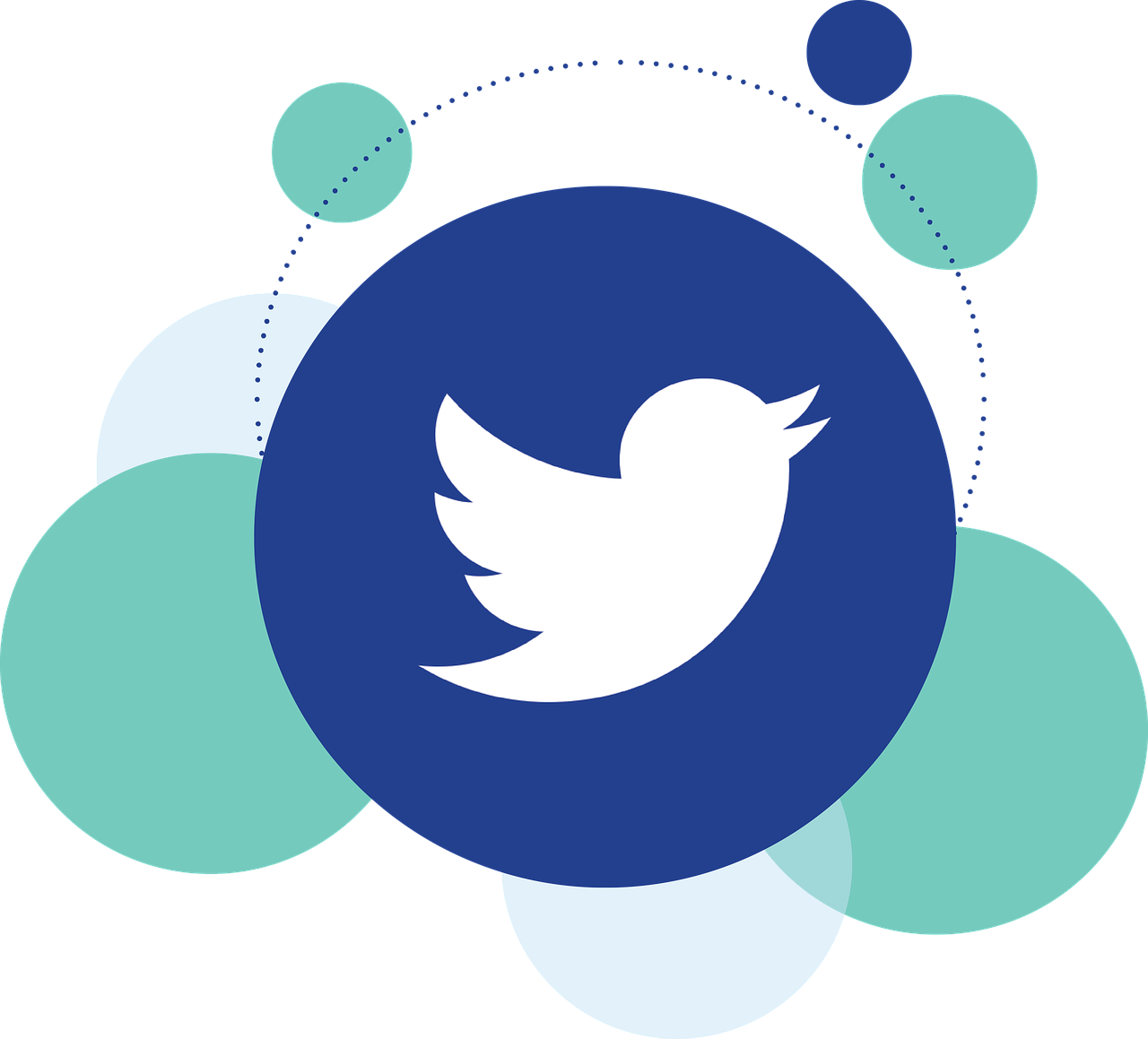I recently facilitated a face-to-face session in which I introduced the collaborative annotation tool Hypothes.is to a handful of Colgate faculty from Geology, Sociology, History and the Writing Center. The format of this session was designed as a new way to engage faculty in discussing technology and how it might enhance teaching and learning in their courses or their research. The idea was to shine a “spotlight” on a specific tool (i.e. Hypothes.is), showcase some examples of its instructional use and then pause for open-ended discussion about the tool. Here are the examples I shared:
- Annotation as Q&A: Students taking 3 “reading actions” on the Supreme court case Marbury vs. Madison. Reading actions could include identifying areas of confusion or asking a question. Students then had to address 2 of the questions posed by other students
- Annotation as Research: Students annotating the Rime of the Ancient Mariner and other 19th century British poetry in which they provided additional detail on the context in which the poems were written, and provided explanation on the people, places and things referenced in the poems.
- Annotation as “Linking Thinking:” Teachers annotating texts about equity in learning (as part of the Marginal Syllabus project) in ways that add new information via linked URLs and other media
- Annotation as Fact Checking: The non-profit organization Climate Feedback annotates media coverage of climate change to elucidate the scientific background on knowledge claims (or lack there of)
- Annotation as Glossary: Graduate students annotating articles from Science with definitions of scientific terminology to create teaching materials for high school science teachers and undergraduate students as part of the American Association for the Advancement of Science’s Science in the Classroom project
These examples generated a solid discussion with faculty members. We spoke about how it might be used to support peer review during the process of writing, whether scanning a chapter from a book in your personal library and assigning it to your course counts as “fair use,” and how that scanned document could then live online to then be annotated with Hypothes.is. This then launched an overview of the technical details of using the tool, such as setting up an account, when/how to use private vs. public groups, where to host the document on the web and how to annotated e-textbooks or articles found in databases that are accessible via the Colgate Library.
Then I got one question that I couldn’t answer: Where did Hypothes.is get it’s name? One faculty member was especially interested in the “.is.” I pulled up the About page on the Hypothes.is site, but we couldn’t find the answer. After the session ended, I tweeted to Jeremy Dean (Director of Education at Hypothes.is), who I’ve interacted with before on Twitter and email, to find out:
hey @dr_dean, how did @hypothes_is get its name? some faculty members were wondering and I’d like to report back, thanks!
— Christine Moskell (@csmoskell) October 16, 2018
I believe it was meant to evoke the “what if” of can we do something to change the problem of misinformation online. @dwhly would know better. See the video here for his original crowd-funding campaign: https://t.co/Ww6pZWId2I
— (((Dr. Dean))) (@dr_jdean) October 16, 2018
I then sent a follow up email to the group of faculty, including a link to the Tweet from Jeremy. In the meantime, Jeremy looped in Dan Whaley, the founder of Hypothes.is, who provided even more information:
Here’s a little historical note… pic.twitter.com/AvQ5INKWnr
— Dan Whaley (@dwhly) October 17, 2018
The professor who had originally asked me the question had wondered whether the “.is” referred to Iceland and turns out, Iceland did indeed inspire the name. The professor’s hunch that it did – his hypothesis – then turned into a thesis, thanks to my collecting the evidence directly from the people at Hypothes.is.
I know I’m late to the whole Twitter thing, so perhaps I’m getting excited about something that people already realize happens all the time on Twitter. But the notion that I could get asked a question that I didn’t know the answer to, reach out to someone on Twitter for the answer and have a response within 24 hours (from the person who founded the thing I’m asking about) is just amazing to me.
A few hours after Dan Whaley’s tweet, I was debriefing the faculty “spotlight” session and my related Twitter activity with my colleagues. It wasn’t until I was talking with them that I realized that I had just practiced “connected learning.” I used social media to connect with someone at Hypothes.is the organization to find the answer to a question of interest. In this case, the answer to my question then surfaced for others in the Twitter network of @hypothes.is and by proxy via face-to-face interactions with me, in the network of people interested in Hypothes.is that I’m cultivating here at Colgate
The personal realization that I had “connectedly learned” the answer to this faculty member’s question was really exciting for me. At one point during this moment of self-realization, Colgate’s CIO walked into our office lounge amidst my excitement and saw my Twitter activity displayed on the large screen, at which point my colleague chimed in to explain that I had interacted with the founder of Hypothes.is as if he were a celebrity. Her excitement made me even more excited. Does this stuff happen all the time? Are people still excited by it? I hope so, because if I were to ever return to teaching, I’d seriously consider having my students reach out to people on Twitter and social media who could help shed some light on their academic interests. And I hope they’d be just as excited as me if someone responded…
